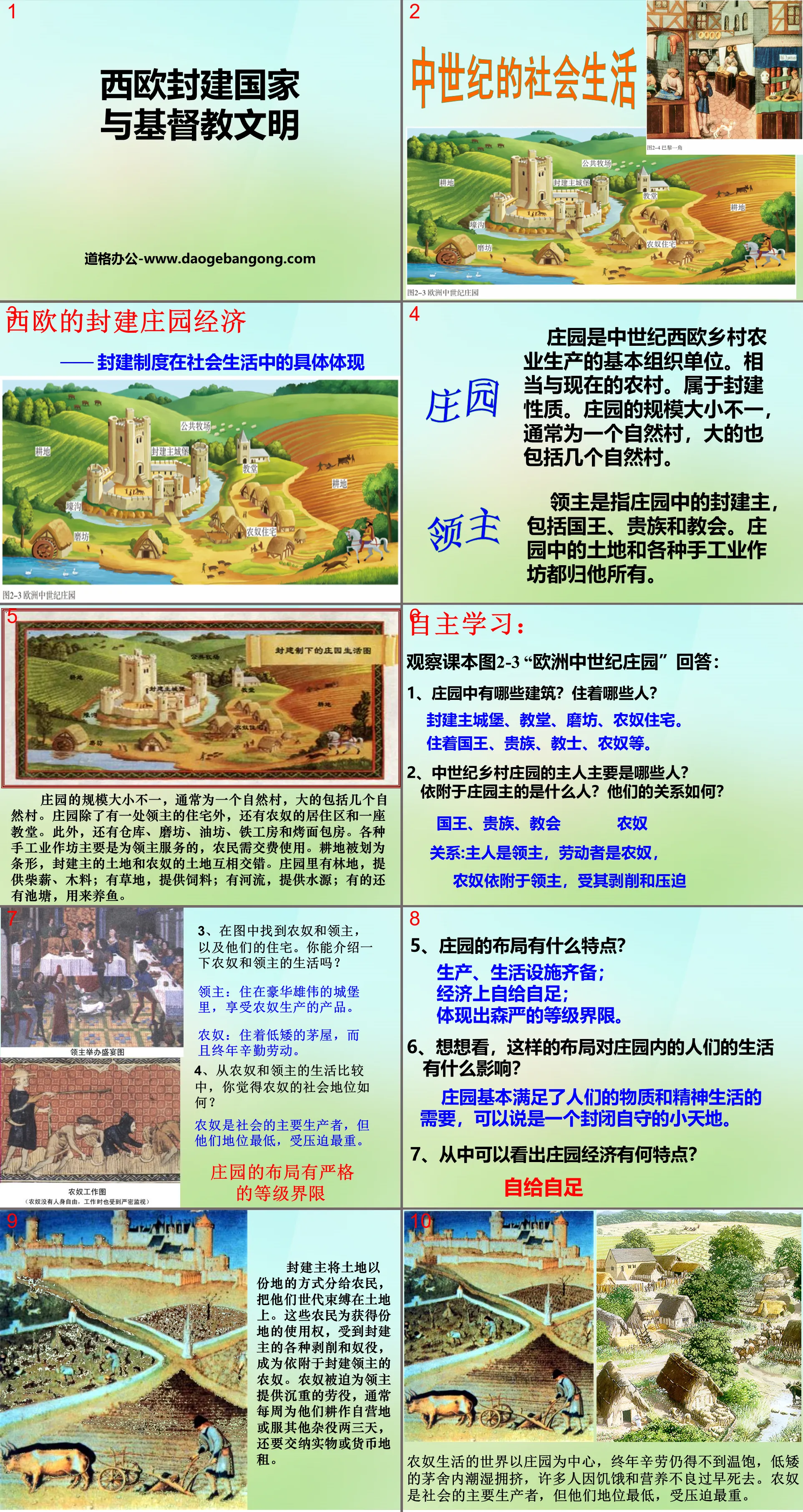The second volume of history for eighth grade compiled by the People's Education Publishing House
Zhonghua Book Company Edition Eighth Grade History Volume 2
People's Education Edition Eighth Grade History Volume 1
Zhonghua Book Company Edition Seventh Grade History Volume 2
People's Education Press Seventh Grade History Volume 1
Volume 1 of the seventh grade history compiled by the People's Education Publishing House
Yuelu Edition Seventh Grade History Volume 2
People's Education Edition History and Society 9th Grade Part II
People's Education Edition Eighth Grade History Volume 2
East China Normal University Edition Seventh Grade History Volume 1
People's Education Press History and Society Grade 7
People's Education Press History and Society Grade 9
People's Education Press Seventh Grade History Volume 2
People's Education Press History and Society for Grade 8 Volume 1
Yuelu Edition Seventh Grade History Volume 1
People's Education Press Ninth Grade History Volume 2

| Category | Format | Size |
|---|---|---|
| People's Education Edition History and Society for Grade 8 | pptx | 6 MB |
Description
"Feudal States and Christian Civilization in Western Europe" The successive rise and fall of medieval Eurasian countries PPT courseware
Part One: Feudal Manor Economy in Western Europe
The concrete embodiment of feudal system in social life
manor
The manor was the basic organizational unit of rural agricultural production in Western Europe in the Middle Ages. Quite similar to today's rural areas. Belongs to feudal nature. The size of the manor varies, usually a natural village, and the larger ones include several natural villages.
lord
The lord refers to the feudal lord of the manor, including the king, nobles and church. He owned the land and various handicraft workshops in the manor.
The size of the manor varies, usually a natural village, and the larger ones include several natural villages. In addition to the lord's residence, the manor also had living quarters for the serfs and a church. In addition, there are warehouses, mills, oil mills, iron workshops and bakeries. Various handicraft workshops mainly served the lords, and farmers had to pay fees to use them. The cultivated land was divided into strips, and the land of feudal lords and the land of serfs intertwined with each other. There are forest lands in the manor to provide firewood and timber; there are grasslands to provide fodder; there are rivers to provide water sources; and some ponds are used to raise fish.
Western European Feudal Countries and Christian Civilization PPT, Part 2: Independent Learning:
Observe the textbook picture 2-3 "European Medieval Manor" and answer:
1. What buildings are there in the manor? Who lives there?
Feudal main castle, church, mill, serf residence.
Inhabited by kings, nobles, priests, serfs, etc.
2. Who were the main owners of medieval country manors?
Who is attached to the manor owner? How is their relationship?
king, nobles, church, serfs
Relationship: The master is the lord, the laborer is the serf, and the serf is attached to the lord and is exploited and oppressed by him
3. Find the serfs and lords and their residences in the picture. Can you describe the life of serfs and lords?
Lord: Live in a luxurious and majestic castle and enjoy the products produced by the serfs.
Serfs: lived in low huts and worked hard all year round.
4. From the comparison of the lives of serfs and lords, what do you think of the social status of serfs?
Serfs were the main producers in society, but they had the lowest status and were the most oppressed.
The layout of the estate has strict class boundaries
Western European Feudal States and Christian Civilization PPT, Part Three: Exploration
Is the manor a "paradise"?
How are the people living in the manor?
All its production is not for sale, but mainly to provide living materials for the lords and their families. At the same time, it also provides daily necessities for the producers and their families. Only a very small amount of market trading activities exist.
The manor was a product of the extremely low level of productivity in Western Europe at that time. The manor was by no means a paradise. With the recovery and development of productivity, the decline of manors and the rise of cities became inevitable.
Feudal States and Christian Civilization in Western Europe PPT, Part 4: The Rise and Development of Western European Cities
1. When did cities in Western Europe rise? What are the important cities?
Time of rise: 11th century
Paris and London political and trade centers
Venice and Genoa Foreign Trade
Florence handicrafts
The rise of cities marked the entry of European feudal society into a period of development and had a positive and far-reaching impact on the development and changes of European politics and economy.
Reasons for the rise of cities: Increased productivity in Western Europe
In the early Middle Ages in Western Europe, due to wars and economic decline, most of the once prosperous Roman cities were in ruins. Around the 11th century, with the improvement of productivity, the handicraft industry gradually developed. Some serfs with specialized skills escaped from feudal manors and set up workshops near traffic arteries, ferries, monasteries, and castles, and became handicraft producers. Businessmen also gathered in these places. In order to prevent intrusion, they built fences or walls in the settlements. On this basis, new industrial and commercial cities gradually formed.
2. The emergence of guilds
Western European guild system: a trade group organization established by industry by Western European urban craftsmen, which originated from the 11th to 12th centuries.
What is the reason for the emergence of guilds?
Resist the oppression of feudal lords and protect the common interests of craftsmen
Guess: Which guilds are they insignia of?
3. The significance of the emergence of cities:
The conditions were prepared for the rise of capitalism.
Western European Feudal States and Christian Civilization PPT, Part 5: Summary of this Lesson
After the fall of the Western Roman Empire, Europe entered feudal society. During this period, Europe's politics, economy and culture underwent tremendous changes.
Politically: Europe's feudal land system and hierarchy gradually took shape.
Economically: The emergence of the feudal large manor economy, especially the prosperity of the urban economy from the 11th century, had a profound impact on the subsequent historical development of Europe.
Culturally: Christian culture went from being banned to becoming the dominant ideology in Europe. Ancient Greek and Roman civilizations were almost completely abandoned. The power of the church was even higher than the feudal kingship, which had a great impact on the development of European society.
Western European Feudal Countries and Christian Civilization PPT, Part Six: Summary of this Lesson
European medieval feudal system
Hierarchy: feudal master-slave relationship in which kings and vassals have mutual obligations
Manor system, small self-sufficient society
Serfdom System and Land Tenancy Relationship in the Changlao Manor
Christianity occupies a dominant position in thought
Keywords: Free download of PPT courseware for eighth-grade history and society from the People's Education Press, PPT download of feudal countries and Christian civilization in Western Europe, PPT download of the successive rise and fall of medieval Eurasian countries, .PPT format;
For more information about the PPT courseware "The Successive Rise and Fall of Medieval Eurasian Countries, Western European Feudal Countries and Christian Civilization", please click the Successive Rise and Fall of Medieval Eurasian Countries ppt Western European Feudal Countries and Christian Civilization ppt tag.
"Cultural Diversity from the Religious Landscape" PPT courseware on the successive rise and decline of medieval Eurasian countries:
"Looking at Cultural Diversity from the Religious Landscape" PPT Courseware on the Successive Rise and Fall of Medieval Eurasian Countries Part One Content: The new lesson is introduced. Today's lesson will take you on a journey of cultural landscapes to experience culture by appreciating different religious landscapes. Diversity! What..
"Cultural Diversity from the Religious Landscape" The successive rise and fall of medieval Eurasian countries PPT:
"Viewing Cultural Diversity from the Religious Landscape" PPT on the Successive Rise and Fall of Medieval Eurasian Countries Part One: Cultural Landscape and Religious Cultural Landscape 1) What is a cultural landscape? The products of human activities on the earth's surface are usually called cultural landscapes. 2) What is religious culture?
"Japan's Dahua Reform" The successive rise and fall of medieval Eurasian countries PPT courseware:
"Japan's Dahua Reform" The Successive Rise and Fall of Medieval Eurasian Countries PPT Courseware Part One Content: Overview of Japan Ethnicity: Yamato Nation National Flower: Cherry Blossom Flag: Land of the Rising Sun National Emblem: Round, painted with 16 yellow chrysanthemum petals. Clothing: Kimono Country name: Japan..
File Info
Update Time: 2024-10-20
This template belongs to History courseware People's Education Edition History and Society for Grade 8 industry PPT template
"Feudal States and Christian Civilization in Western Europe" The successive rise and fall of medieval Eurasian countries PPT courseware Simple campus recruitment activity planning plan summary enterprise and institution recruitment publicity lecture PPT template is a general PPT template for business post competition provided by the manuscript PPT, simple campus recruitment activity planning plan summary enterprise and institution recruitment promotion Lecture PPT template, you can edit and modify the text and pictures in the source file by downloading the source file. If you want more exquisite business PPT templates, you can come to grid resource. Doug resource PPT, massive PPT template slide material download, we only make high-quality PPT templates!
Tips: If you open the template and feel that it is not suitable for all your needs, you can search for related content "Feudal States and Christian Civilization in Western Europe" The successive rise and fall of medieval Eurasian countries PPT courseware is enough.
How to use the Windows system template
Directly decompress the file and use it with office or wps
How to use the Mac system template
Directly decompress the file and use it Office or wps can be used
Related reading
For more detailed PPT-related tutorials and font tutorials, you can view: Click to see
How to create a high-quality technological sense PPT? 4 ways to share the bottom of the box
Notice
Do not download in WeChat, Zhihu, QQ, built-in browsers, please use mobile browsers to download! If you are a mobile phone user, please download it on your computer!
1. The manuscript PPT is only for study and reference, please delete it 24 hours after downloading.
2. If the resource involves your legitimate rights and interests, delete it immediately.
3. Contact information: service@daogebangong.com
"Feudal States and Christian Civilization in Western Europe" The successive rise and fall of medieval Eurasian countries PPT courseware, due to usage restrictions, it is only for personal study and reference use. For commercial use, please go to the relevant official website for authorization.
(Personal non-commercial use refers to the use of this font to complete the display of personal works, including but not limited to the design of personal papers, resumes, etc.)
Preview










